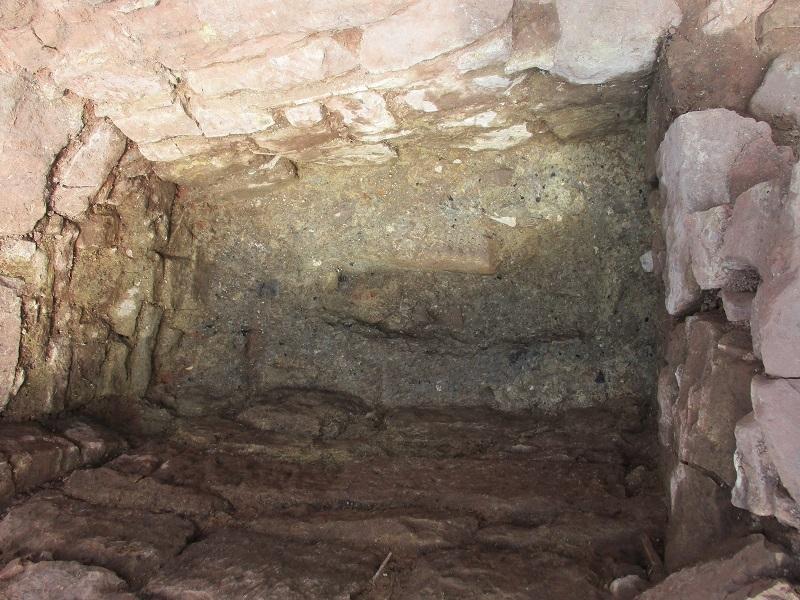Buttons, cloth and metalwork: Drapers’ Hall excavation uncovers long tradition of industry at Coventry’s historic core
Excavations and historic building recording carried out at Drapers’ Hall ahead of its transformation into a new music venue by the Historic Coventry Trust with support from The Prince’s Foundation have shed new light on the development of Coventry’s historic core.
The earliest evidence found during the eleven week dig suggests that the Bayley Lane site was quarried for sandstone before it was built on - perhaps the very sandstone which medieval Coventry was built from.
The remains of medieval buildings – in the form of walls, foundations, trample clay floors and a flagstone surface – were found in the centre and to the west of the site. One such building appears to have been a workshop with at least two rooms, which had a yard that once opened onto Bayley Lane. Evidence found on its floor surface suggests that it was probably used for metalworking, and for the manufacture of copper pins and bone buttons. Fragments of stone moulds that had been deliberately broken before being discarded were also found within the building. The building appears to have met its demise in the late fifteenth to early sixteenth century, when part of its slate roof collapsed and was sealed below a fallen section of sandstone wall.
Interestingly, another building, built later in the seventeenth century on a slightly different alignment, seems to have been linked to the cloth making trade for which Coventry became so famous (the adage ‘As true as Coventry blue’ makes reference to the sought-after blue fabric that came to be the city’s hallmark). This is suggested by the discovery of a tapering rectangular, stone-lined pit, later re-used as a rubbish pit, which it is thought was probably used for fulling (a step in the manufacture of woollen cloth in which it is cleansed of oils and other impurities to make it thicker).

The stone building itself may well have been constructed using architectural stone fragments salvaged from the nearby ruins of St Mary’s Benedictine Priory. Nearby, to the west of the site four square brick pillar bases may be the remains of stables in which patrons of a public house – since knocked down to construct St Mary Street – would have kept their horses.
As the project enters its post-excavation phase it is anticipated that analysis by our experts will reveal even more evidence about the medieval industrial processes, production and craft activities taking place in the area. Comparing the archaeological remains with documentary and cartographic sources will allow the site to be placed in the wider landscape.